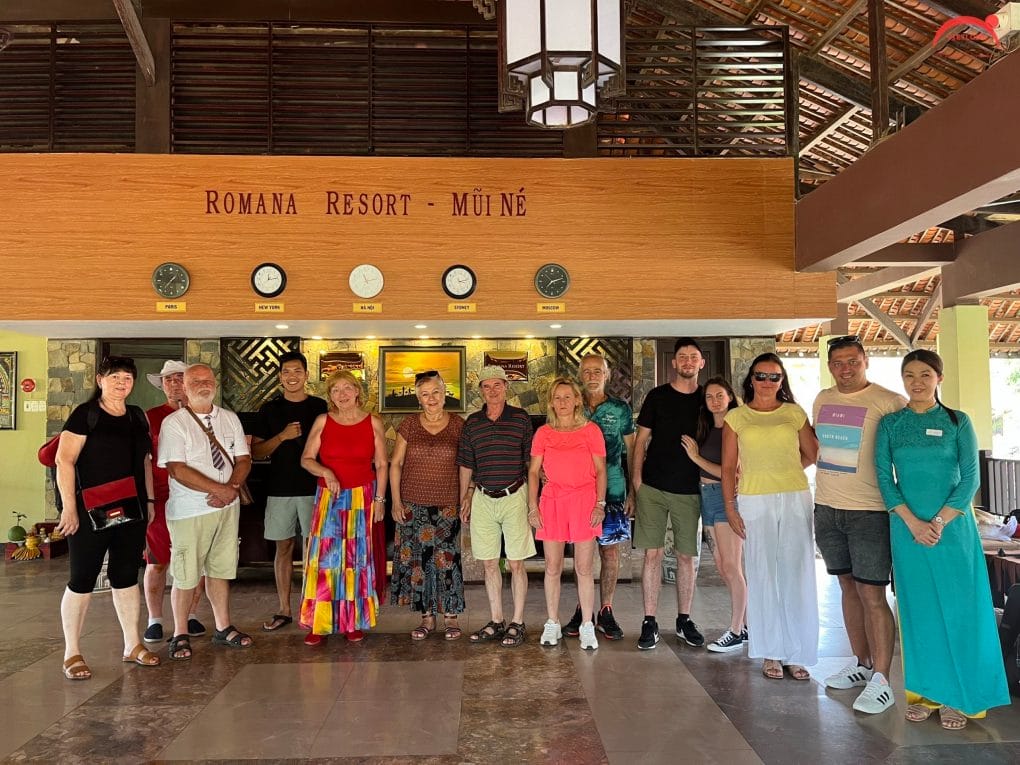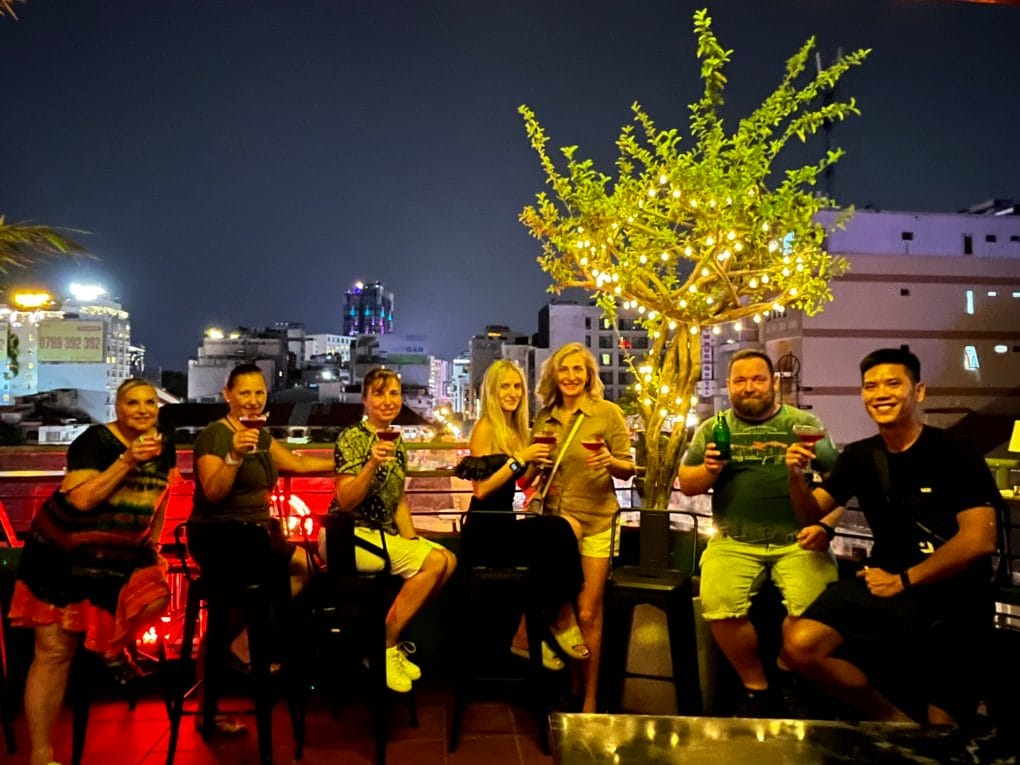The Thatbyinnyu Temple is among one of the four significant monuments in Bagan. The temple is towering above the other monuments of Bagan, the magnificence in white which is the Thatbyinnyu takes its name from the Omniscience of the Buddha. Thatbyinnyutanyan in Myanmar language, Sabbannutanana in Pali, omniscience is given further explanation in contemporary inscriptions as “knowing thoroughly and seeing widely.”
History
Built by King Alaungsithu (1113-1163), the Thatbyinnyu is a transitional temple, standing between the Early Style of the Ananda, half a mile to the northeast, and the Late Style of the Gawdawpalin, half a mile to the northwest. It is one of the earliest double-storeyed temples, but the arrangement is different from that of later double-storeyed temples, much as if it were still an experiment in the new form. The plan of the Thatbyinnyu is not unlike that of the Ananda-square, with porticoes on all four sides-but the eastern portico projects further than the others, breaking the symmetry. This plan is followed in such later temples as the Sulamani and the Gawdawpalin. Three receding terraces rise above each storey, ornamented with crenellated parapets and corner stupas. Above the terraces of the upper storey rises a curvilinear spire, surmounted by a slim, tapering stupa which takes the temple up to a height of 201 feet. The great height of the temple and the vertical lines of the ornamental features-the plain pilasters, the flame-like arch pediments, the corner stupas-give a soaring effect to the Thatbyinnyu. The eastern portico has a central stairway guarded by two standing door-guardians. The stairway leads to an intermediate storey where a corridor runs around the central mass. Two tiers of windows along the walls make the interior bright and airy, but the walls are bare of painting except for some traces in the western portico. Two stairs built into the thickness of the walls provide access to the terrace above the eastern portico, from where an external flight of stairs leads to the upper storey. Here, a huge image of the Buddha is seated on a masonry throne. A further flight of narrow stairs built into the thickness of the walls leads to the terraces above the upper storey. The terraces of the Thatbyinnyu provide a good panoramic view of Bagan- of the green and brown landscape, the innumerable monuments, the broad Ayeyarwaddy river, and the distant hills to the east and west. To the southwest of the Thatbyinnyu, in a monastery compound, are two tall stone pillars with foliations in an inverted V pattern. They were the supports for a huge bronze bell of which the chronicles say: “King Alaungsithu offered two great bells, one at the Thatbyinnyu and one at the Shwegugyi. They were cast of pure copper, 10,000 adula in weight, larger by far and nobler than the five great bells offered by his grandfather, King Kyansittha.” To the northeast of the Thatbyinnyu is the small gayocho or “tally” temple. To keep count of the bricks in the building of the Thatbyinnyu, one brick was set aside for every 10,000 used, and this small temple was built with the bricks thus set aside.






